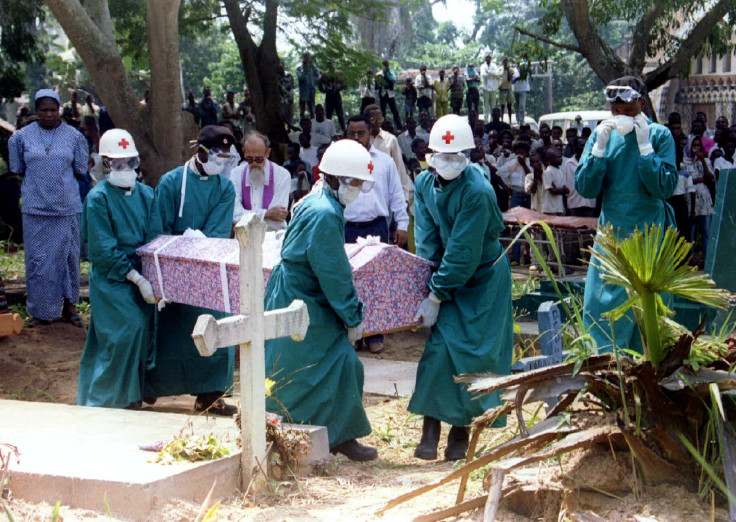10 Of The Deadliest Epidemics In History, From Bubonic Plague To HIV/AIDS

Diseases, especially infectious ones, have been one of the leading causes of death throughout history; more people have died from illness than from warfare. For example, during the Civil War, disease accounted for two-thirds of the total casualties.
In earlier times, it was harder to avoid the spread of disease due to poor sanitation, primitive medicine, and lack of basic hygiene in close living quarters, all of which led to mass devastation. But if there’s one thing we can take away from learning about the deadliest epidemics in history, it’s that outbreaks today — like Ebola, Zika, or different types of influenzas — are much smaller and more contained than those that occurred in ancient and medieval times, due to improved emergency response and medical attention, even in developing countries.
Humans have consistently been plagued by bacterial infections, illnesses like cholera or smallpox, and other chronic diseases like cancer. But when epidemics hit, huge numbers of people are wiped out in a short period of time. Historically, major epidemics like the plague, the flu, or even HIV/AIDS have been so influential that they permanently changed the course of history, and of course, medicine.
Click on this slideshow to learn about the ten deadliest epidemics in world history.
Copyright Medical Daily News Service. All rights reserved.



















